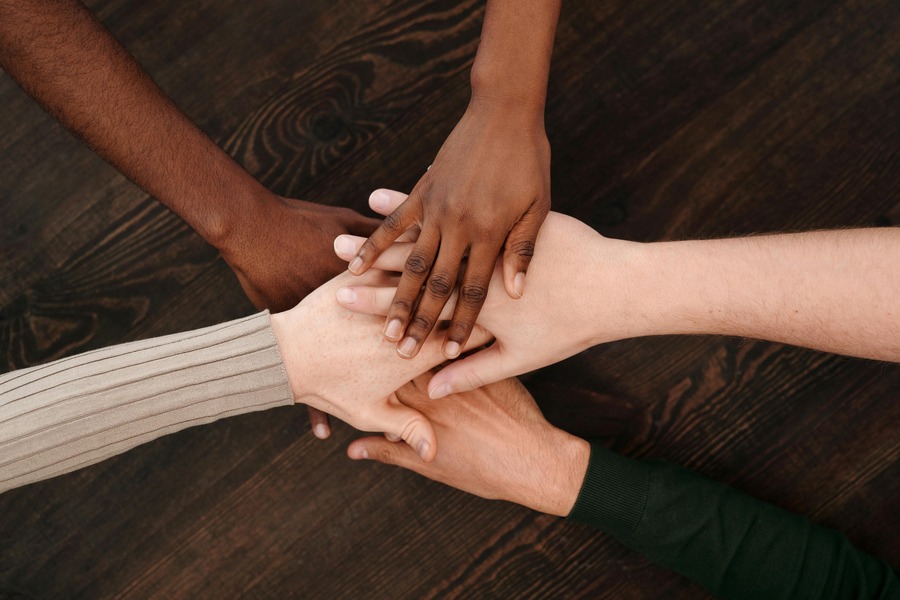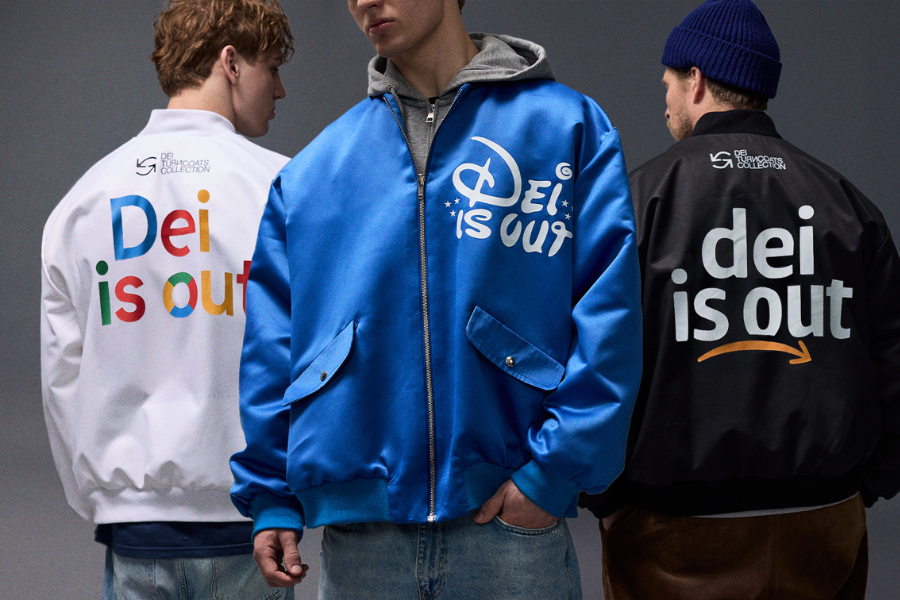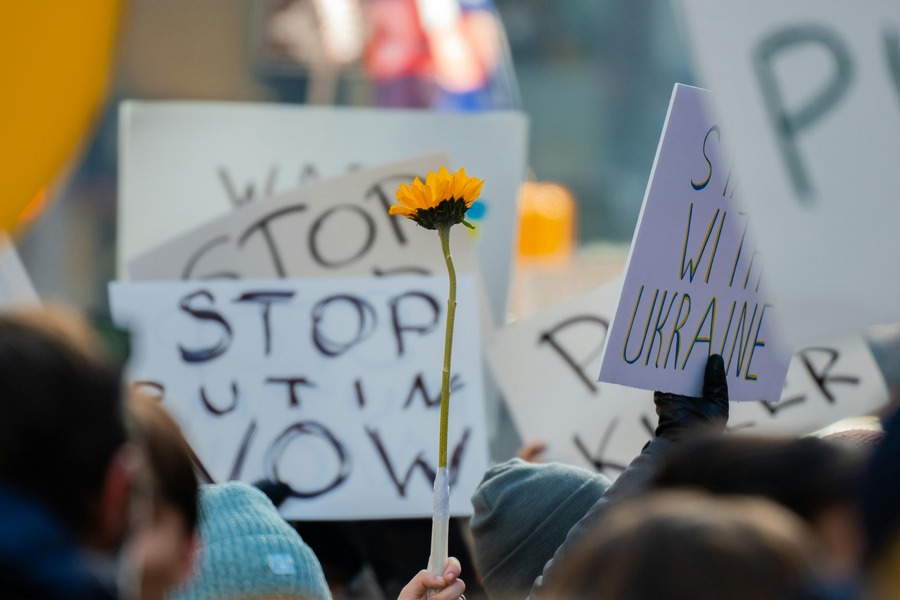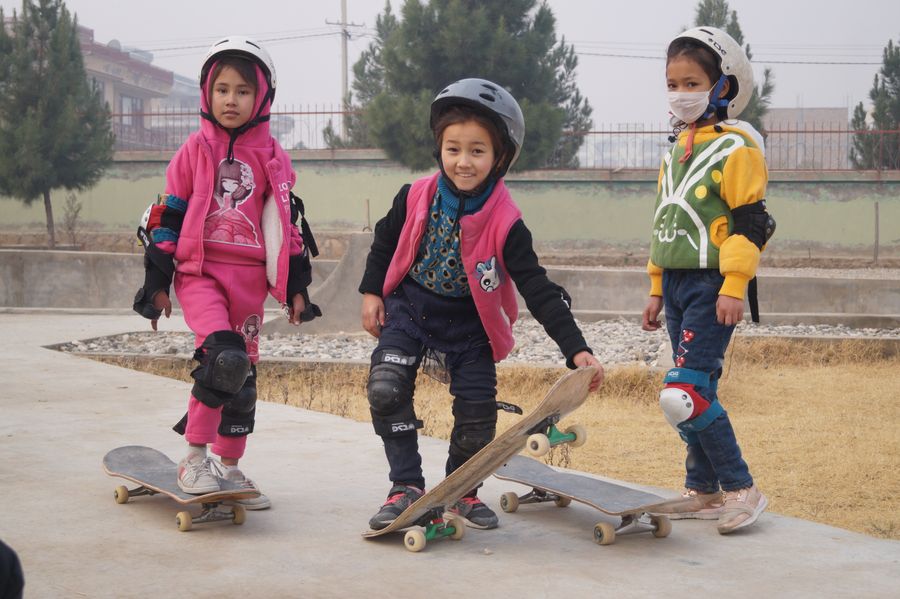
Oliver Percovich: Leading for change with a ‘girls-first’ policy
February 9, 2022
Patrick Gibbels: Ukrainian crisis opens EU’s eyes to the regulatory burden facing nonprofits
March 16, 2022As the cost of living rises and donor numbers plateau in many nations, engaging with high value supporters is becoming increasingly important for fundraising. What inspiration can we draw from charities that are succeeding in the field? In this special focus feature, six experts share their insights from successful major donor fundraising experiences.
European inflation rates are reaching record highs in 2022, pushing up household costs and putting additional financial strain on donors. Although the number of individual givers had been levelling off in some nations well before the pandemic set in, the rising cost of living is likely to make it even more challenging for people to give. Meanwhile, the fortunes of the world’s super rich has climbed further still, widening the wealth gap and seeing nonprofits increasing their focus on major giving.
Over the past year, the world has seen record gifts from many of the most generous philanthropists, not least MacKenzie Scott, Melinda and Bill Gates, and Marcus Rashford. But how are today’s major gift fundraisers appealing to philanthropists and what insights can they share?
Speaking to experts across Europe, several common themes emerge, but none more so than the importance of building and stewarding authentic relationships with those who care deeply about the cause.
Rather than seeking out high net worth individuals to appeal for funds, it’s the relationship that comes first, with fundraisers and nonprofit leaders working hard to creating memorable, honest and inspiring moments, together with funding opportunities that align with supporters’ interests. The need for diversification beyond traditional supporter groups is emphasised, with whole-organisation support, rigorous planning and regular reporting emphasised to ensure those relationships are nurtured and sustained.
Fezzan Ahmed: Diversify your major giving pipeline – don’t just look for the big fish
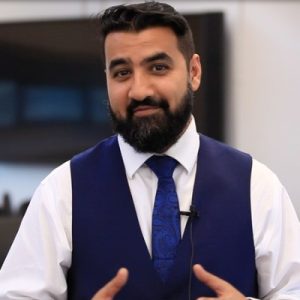
Fezzan Ahmed, Jigsaw House Society / Queen Mary University of London / Fundraising Consultant
We are in the middle of the largest global anti-racism movement in our history and yet nonprofits often fail to look outside of traditional donor stereotypes to actively engage with black and minority ethnic supporters for major giving. To get this right, we need to go beyond race and ensure our approach is rooted in a genuine commitment to EDI, with values-based fundraising that is relevant to our audience. After all, if we can’t demonstrate how our work relates to their communities, how can we successfully engage and appeal to supporters in those groups?
When working with the children’s charity Barnardo’s to cultivate high value givers from BAME communities, we launched a campaign during Black History Month that celebrated and showcased the organisation’s historical role in supporting black children. To inspire Muslim donors, during Ramadan we offered Zakat-compliant giving, exceeding our target of raising £50,000 despite being new in a crowded market.
Successful major donor strategy doesn’t mean looking for the ‘big fish’ – those who have the capacity to give large amounts. It’s the relationship that comes first. Having a donor pipeline is critical – a clear strategy to funnel supporters through from being one-off or regular givers on to mid-level donors and on from there. Get to know your supporters, looking out for those hidden high value givers who may only give occasionally but whose donations add up to a considerable amount and often go under the radar. Explore how they can be recognised and what opportunities you can offer them to do more. If the focus is on getting that right, stewarding long-term sustainable relationships with genuine values-based fundraising, the rest will follow.
Fezzan Ahmed is a fundraising and marketing consultant in the UK, specialising in engaging BAME communities. He works in business development at Queen Mary University of London and is co-founder of Jigsaw House Society, a space where diverse people are inspired to change the world through impactful projects.
Kicki Aldrin: Plan systematically and bring the whole organisation on board
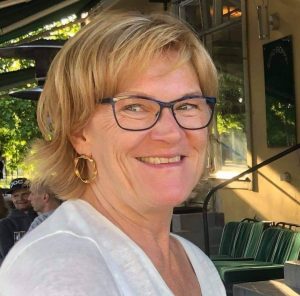
Kicki Aldrin, Stockholms Stadsmission
In 2020, we started a major donor fundraising campaign for Stockholm’s City Mission with the goal of co-financing the reconstruction of St Paul’s, a church building in Stockholm that we’ve owned since 2015. With a focus on homelessness and raising funds for socially disadvantaged people, this campaign was unique. The building was to serve as a hub for charity’s social inclusion and community-based activities, for cultural events and education – a safe, welcoming and inclusive place for people to meet. Despite Covid-19, we raised 45 million SEK ( €4.3m) in only three months, 15m+ SEK over budget, and the rebuild is now near completion.
The most critical success factor was the commitment and dedication from all levels of our organisation – the former chair, our board, management, fundraisers, communication and administration. We were united in our mission – a clearly defined, attractive and unique case, conveying how this work would make a decisive difference. Our feedback programme, which continues throughout the renovation, is driving even more commitment among donors.
Choose an attractive and unique case that engages the donors and the whole organisation. Plan the campaign carefully and systematically. Evaluate, be patient and be brave.
Kicki Aldrin is fundraising manager – major donors and foundations at Stockholm’s City Mission in Sweden.
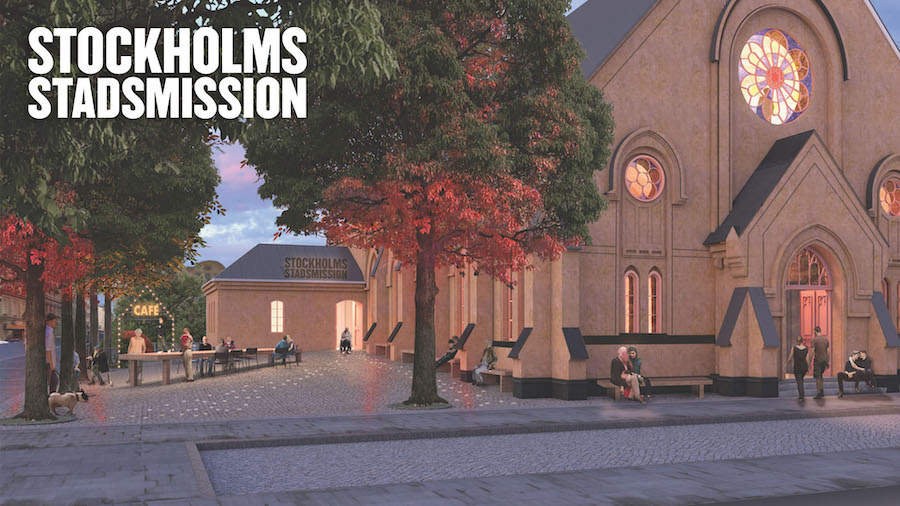
St Paul’s Church, Stockholm
Clio Gressani: Having a clear vision and bringing the ‘wow’ factor
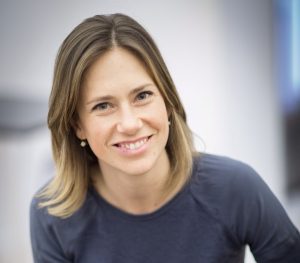
Clio Gressani, ShelterBox UK
Imagine if you could truly hook your high value supporters into the organisation. Well, that’s our vision at ShelterBox – to be their ‘Netflix for good’, using insight, data and great storytelling to keep them glued to our mission. On a practical level, this means taking what we know about them and their philanthropic giving, and combining it with some fantastic storytelling around the impact of their gifts to create personalised stewardship plans for all our major givers.
As a vision, it’s simple. But that’s what makes it so powerful; something that everyone in our team can understand and be inspired by. They know that the relationship comes front and centre, over and above the gift. Of course we have monetary targets, but I want my team to focus primarily on the non-monetary ones: creating ‘wow moments’ for supporters; and setting up virtual coffee meetings.
What do I mean by wow moments? This can be as simple as a thank you call on the anniversary of a donor’s first gift. Done well, those calls can be incredibly moving – for our supporters and fundraisers too. Our team love carrying out those calls just as much as our supporters value receiving them – it really helps them feel more energised and happy in their work. And although the focus isn’t on income, this approach has enabled us to achieve some fantastic results; strengthening our donor relationships, achieving 60% growth and raising more than £1.3 million last year.
Clio leads the partnerships and philanthropy team at ShelterBox UK. Originally from the Italian Alps, her belief that passion is contagious has helped her lead high performing teams at Fondazione Veronesi (Milan), CIMA (New York), Peace One Day (London).
To hear more about Clio’s insights on major giving, tune into this Bright Spot Podcast with Rob Woods.
Michèle Joanisse: Authentic alignment of philanthropic and fundraising goals
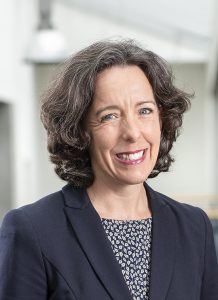
Michèle JOANISSE, Lausanne University Hospital Foundation
I remember calling Ms. Joli* a few months after starting in my new job as director of the foundation at Lausanne University Hospital. It had been two years since she made her gift and she had not heard from us in between. She was delighted to hear from me. What a relief! We agreed to meet at the hospital with the scientist she supported (Professor Nicole Deglon) so we could both learn about the impact of her gift funding Huntington Disease research. She was enchanted to see the professor’s laboratory, meet her graduate students and witness the progress made because of her gift.
For three years, I kept in touch, leaving friendly voicemail messages with hopes of reconnecting, and sending holiday cards, the hospital magazine, and articles on Huntington Disease with personalised hand-written notes. Then, one day, she called me, asking if I remembered her. Having received a considerable inheritance in September 2021, she wanted to support the same scientist again. Our meeting in 2018 enabled me to uncover what inspired her gift, what she was passionate about, and discover her altruistic inclination and philanthropic nature.
For her, our visit showed the difference she had made and impact of her gift; she also discovered a scientist who nurtured her relationship with her students, someone who cared about understanding an orphan disease that affected her best friend and deep commitment to pushing the scientific boundaries. I call it an authentic alignment where all seek the same outcome. When I called Ms. Joli, my goal was to start the conversation with the hopes of building a relationship from the ground up for the long-term through stewardship. “Major gifts are inspired gifts,” says James Hodge. Our visit is what inspired her next transformative gift.
Michèle Joanisse, MBA, CFRE, is director of foundation at Lausanne University Hospital (CHUV) in Switzerland
*The donor’s name has been changed to protect their privacy.

Professor Nicole Deglon, director of the Center for Research in Neuroscience at Lausanne University Hospital, Switzerland
Birgit Winterhalter: Being ready for major gifts at an institutional level
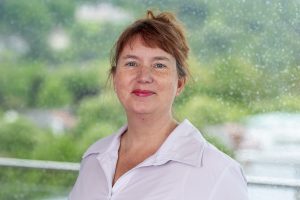
Birgit Winterhalter, Caritas Germany
It is often said that you learn most from your mistakes, and although we have achieved very good results with our major donor programme at Caritas Germany, it is only when something goes wrong that you really take notice.
For almost ten years we’ve been growing our major gift fundraising programme, developing a donor base and hiring new staff to focus on building major donor relationships. These highly valued donors now contribute around 20% of our annual income to Caritas and are highly committed to our work. However, it is vital that we are able to deliver on all our pledges. Institutional readiness is not just a buzzword, it is the basis for ensuring that we can deliver on the promise we make to our donors.
Just recently, one of our supporters approached me – he had donated €50 a few times in the past, but he seemed committed and wanted to do more. Video calls made him uncomfortable and there were restrictions on social distance, so we had to wait some time before we could meet in his garden. But it was worth the wait, because he agreed to provide €300,000 for a specific project in Latin America. Due to the difficult situation in the project country and despite all our efforts, our project partner experienced many delays that jeopardised the whole relationship. We had to work very hard to keep him on board. This shows that you can be the best fundraiser, but if you can’t make sure that everything else is in place to deliver on your promises, it can all be for nothing. When difficulties arise, good, honest communication is crucial. We talked openly about the difficulties and the donor continued to pledge his support.
Birgit Winterhalter is major donor fundraiser at the humanitarian organisation, Caritas Germany.
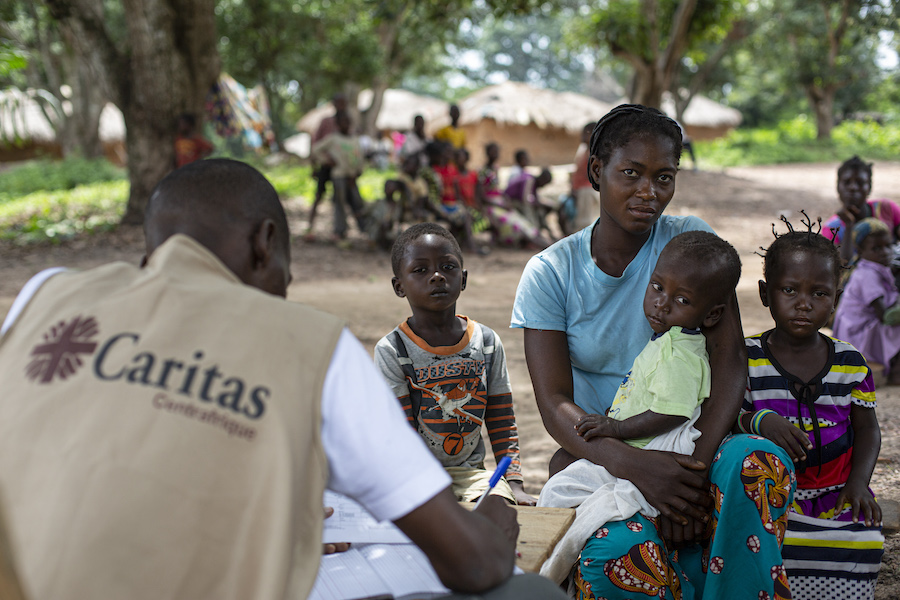
Caritas providing medical support to beneficiaries
Pia Watkinson: Trust and transparency are key
Last month, we received the largest gift in our organisation’s history – a grant of SEK 6 million (over €570,000) from the Sjöberg Foundation to fund our rehabilitation programmes for cancer patients. As a small NGO, the CancerRehabFund relies on large donations from corporates and foundations to fund around 50% of our work. A gift of this size is hugely significant for us, enabling us to run many more rehab weeks. It came about in the simplest of ways; from a long-standing supporter, with whom we have a trusted relationship.
I met Ingemar Sjöberg (chair of the Sjöberg Foundation) and his brother Bengt Sjöberg in 2016. Bengt, who founded Sjöbergstiftelsen, died of cancer in 2017. We had several meetings at the NGO I was working with at the time, and although he didn’t donate then, we had many interesting discussions.
Last Autumn, Ingemar rang me out of the blue. He had seen which organisation I was heading now and wanted to know more. Being very knowledgeable about cancer, he asked me insightful, detailed questions about our work and finances, asking to see a proposal for three different amounts. I answered his queries transparently, and he took the proposal to his board of directors. They promptly approved the largest sum, and the donation was with us in a matter of weeks.
What’s vital now is that we provide ongoing updates and evaluation of the work, including the number of on-site visits to our rehab programmes. And of course that we continue to nurture that relationship, which is where my role as Secretary General is key. In a small NGO with limited public awareness, I think it’s crucial for senior leaders to be the driving force in nurturing these trusted major donor relationships.
Pia Watkinson is secretary general of the CancerRehabFund in Sweden.
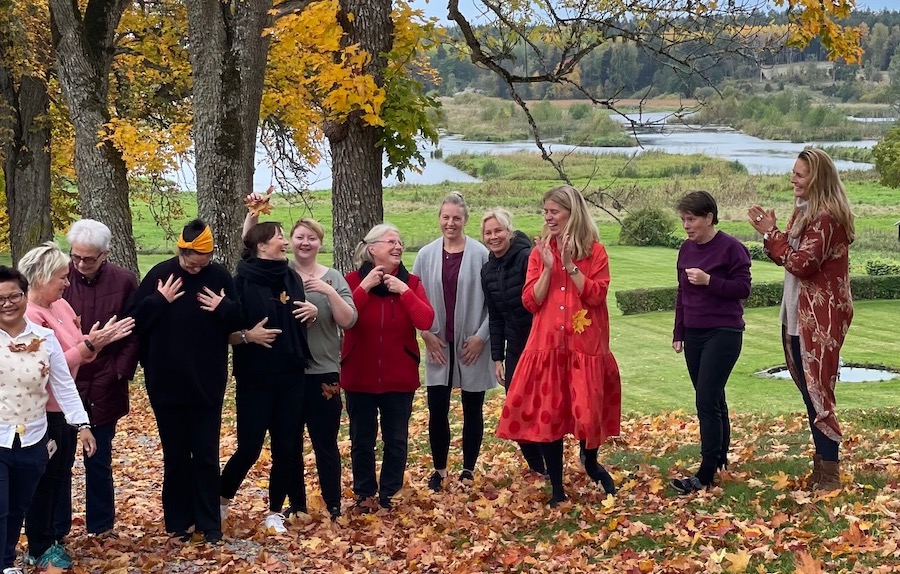
CancerRehabFund beneficiaries with Pia Watkinson (red dress) at Frötuna Gård, near Uppsala
Related features:
Rebecca Allaigre: For transformational change, move from budget-based to mission-based fundraising
Marita Haibach: Don’t be afraid to think big
Isabel Penne: Mind the gap – the undervalued potential of middle donors
Special Focus: What do philanthropists need to help them give big?
For more major giving news and features, click here
Main photo (top) by Aamir Suhail on Unsplash
